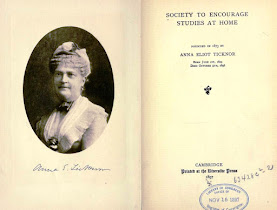If it finally gets us a history of correspondence legal education, Zoom Law School won’t have been all bad. Former LHB Guest Blogger Bernard J. Hibbitts, University of Pittsburgh School of Law, has posted an installment, Pushing the Envelope: How a Handful of Innovative Law Professors Delivered Distance Education in the Age of Langdell, of a book-length project, Missionaries and Mail Men: Correspondence Law Schools and the Struggle for the Soul of American Legal Education.
–Dan Ernst. Update: More Hibbitts on Making Lawyers by Mail.This is the introduction and first section of a much longer paper on university law professors’ brief and ultimately doomed dalliance with correspondence legal education in the 1870s and 1880s before multiple for-profit concerns enthusiastically adopted the method in the 1890s. In this segment I outline the trajectory of the paper and then discuss the legal, social and educational circumstances that led a few maverick law professors at Yale and later Columbia to entertain the radical notion of teaching non-resident students by mail at roughly the same time that Christopher Columbus Langdell was developing the case method at Harvard. I give extended consideration to the disruption of the antebellum law school structure by the Civil War, the passion for innovation of all sorts that swept the United States in the late 1860s and 1870s, critical changes in the American postal and transportation infrastructure that effectively wired the country for correspondence instruction, and early experiments in extension and correspondence education in England and the United States after 1867 that appeared to demonstrate proof of concept in advance of the Yale and Columbia experiments.
Credit: Internet Archive
